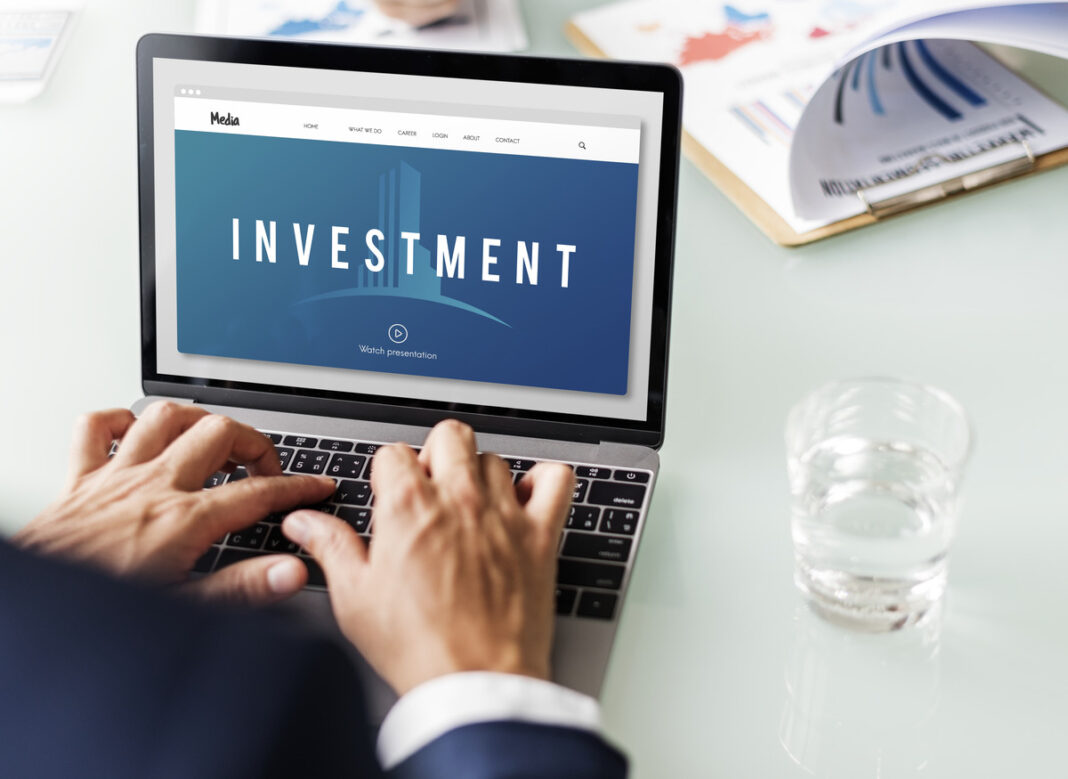The Philippines, a group of islands in Southeast Asia, is quickly establishing itself as an important participant in global trade. It promotes this progress through strategic geographical location, economic growth, and the development of commercial lands. This article will closely look at the potential of industrial land in the country, its importance, and challenges.
What is Industrial Land and Why is it Important?
Industrial land refers to land designated for manufacturing, warehousing, distribution, and related activities. Generally found in industrial zones or estates, such lands hold an essential function in economic development. Industrial land promotes employment and skill development to thousands of Filipinos, boosts the country’s GDP with the help of foreign and domestic investments.
The significance of industrial land can be highlighted by statistics from the Philippine Statistics Authority, which show that the manufacturing sector contributes approximately 20% to the country’s GDP. That, however, marks the importance of having well-planned industrial zones and to accommodate various types of industries in order to induce overall productivity and economic performance.
How Does the Philippines Compare to Other Countries in Industrial Land Utilization?
It is also helpful to observe how the Philippines and other Southeast Asian nations make effective use of industrial lands in these comparisons. With the development of industrial lands, Vietnam and Thailand have made significant strides, and the Philippines is in a competitive situation with these two nations.
As of 2022, Vietnam had approximately 60% of its industrial parks occupied, while the Philippines had around 50%. The following comparative analysis would indicate potential for growth in the Philippines as demand for industrial land increases and this gap is closed with inputs from the government along with improving infrastructure and regulatory frameworks.
What Are the Key Factors Driving Demand for Industrial Land in the Philippines?
Economic growth stands out as a primary motivator. The country has enjoyed steady GDP growth rates, with projections indicating this trend may continue in the years ahead. Yet another driver for the establishment of more industrial facilities is the swift urbanization of the Philippine population which will continue to hit over 110 million by 2025, thus fueling the demand for goods and services.
Government initiatives are also significant in driving demand. The “Build, Build, Build” infrastructural program has already paved roads, ports, and airports to enable industrial activities. Government tax incentives offered to foreign investors in economic zones also make the Philippines a very attractive destination for investment.
What Types of Industries Are Benefiting from Industrial Land in the Philippines?
Manufacturing Sector
The manufacturing industry in the Philippines is experiencing substantial growth, particularly in electronics, automotive, and food processing. Industrial land provides essential utilities and infrastructure, allowing these sectors to thrive. Access to resources, skilled labor, and transport facilities enhances operational efficiency, making the Philippines an attractive location for manufacturing activities.
Logistics and Warehousing
The logistics and warehousing sector is rapidly expanding due to the surge in e-commerce. With an expected annual growth rate of 10%, this sector is responding to the increasing demand for efficient supply chain solutions. Modern logistics hubs are essential for businesses looking to streamline operations and meet consumer expectations in the fast-paced online retail market.
Technology and Innovation
Emerging technology and innovation sectors are benefiting from the development of tech parks across the country. Such parks have enabled a considerable investment by supporting IT companies and research and development activities. These sectors positively contribute to the economic development of the Philippines by initiating building local talent and innovation assistance.
Challenges Facing Industrial Land Development in the Philippines
Infrastructure Issues
The development of industrial land in the Philippines faces significant infrastructure challenges. Inadequate transportation networks and unreliable power supply hinder industrial growth, causing delays in operations and increasing costs for businesses. Improving these essential services is crucial for attracting investments and ensuring smooth operations within industrial zones.
Regulatory Hurdles
The regulatory landscape presents additional obstacles to industrial land development. The development of industrial facilities is time-consuming and frustrating to investors because of the complexity involved. There are many disputes over land ownership as well as zoning, which makes long-term business planning difficult. Simplification of such processes would be one step toward creating a better investment environment.
Environmental Concerns
Balancing industrial growth with environmental sustainability poses a significant challenge. The Philippines has faced criticism for inadequate waste management systems in industrial zones. Addressing these environmental concerns is essential to ensure that industrial development does not come at the cost of ecological health, necessitating stronger regulations and more responsible practices.
How Can Businesses Maximize Their Investment in Industrial Land?
Enhancing productivity through investments in automation and technology is key. Companies that adopt advanced manufacturing techniques can streamline operations and reduce costs, ultimately increasing their competitive edge. Strategically placing industrial facilities near transportation hubs and key markets can significantly improve distribution efficiency.
Companies must conduct thorough market research to identify prime locations that align with their operational needs. Furthermore, incorporating energy-efficient systems and sustainable practices can reduce long-term operational costs while appealing to environmentally conscious consumers.
What Role Does the Government Play in Supporting Industrial Land Development?
The government of the Philippines contributes much to the industrial land development sector through various policies and incentives given for land development. For instance, The Board of Investments gives manufacturers such incentives as tax holiday and exemption to create easier business establishments and growth in the country.
Public-private partnerships are a valuable strategy for developing industrial land. Collaborations between the government and private sector can lead to improved infrastructure and more efficient use of resources. The Philippine Economic Zone Authority manages over 400 economic zones, which have attracted significant investments, demonstrating the government’s commitment to fostering industrial growth.
How to Identify Prime Locations for Industrial Land Investment?
Proximity to ports, highways, and markets is essential for easy distribution of goods. Investors should conduct thorough market research to understand the demand for industrial space in specific regions.
Utilizing geographic information systems can aid in site analysis, allowing businesses to visualize potential locations based on transportation access, utility availability, and labor market conditions. Engaging local real estate experts can also provide valuable insights into emerging industrial areas.
How Can Investors Navigate the Regulatory Landscape for Industrial Land?
Investors must familiarize themselves with the key permits required for industrial development and the compliance requirements for environmental regulations and labor laws. Building good relationships with local authorities can expedite the permitting process. Engaging legal experts and consultants with experience in industrial land development can also provide valuable guidance and help mitigate potential obstacles.
Key Takeaway
Industrial land in the Philippines holds immense potential for boosting global trade. With the right investments and strategies, the country can address existing challenges and capitalize on its favorable location and growing economy. Enhancing infrastructure, simplifying regulations, and focusing on environmental responsibility will create a thriving industrial landscape.
As more businesses recognize the opportunities available, they will contribute to the country’s economic growth and development. Embracing these changes can lead to a brighter future, benefiting not just the economy but also the lives of many Filipinos.

